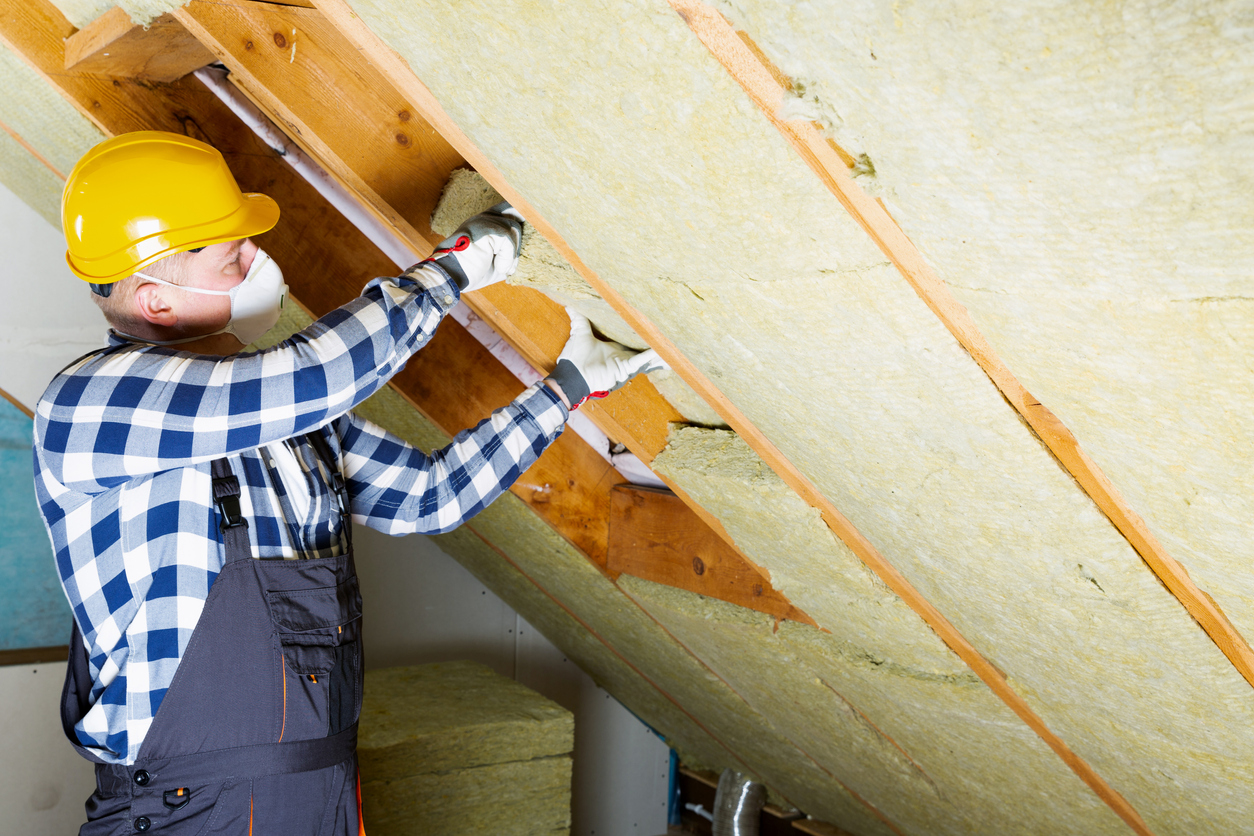
There are many different materials that you can use to insulate your home. It includes cellulose, fiberglass, polystyrene, loose-fill, and spray foam. But how do you know which material will work best for your needs? Here are some pointers to help you make the best decision.
Spray foam
Choosing the best insulation materials Chalfont PA for your house may be a complex undertaking. There are several factors to consider. Some of the most important are safety, cost, and environmental impact. You can do your research and determine the right choice for you.
Cellulose is one of the most frequent forms of insulation. It is an eco-friendly product that can be used in various buildings. It comes in multiple sizes, including loose-fill, dense-pack, and total-fill options.
Another good option is spray foam. It is a more effective insulator than fiberglass batts or loose fill. Spray foam expands in the wall to fill cracks and voids, making it an excellent insulator.
The proper insulation will help you keep your energy bill low. Not only that, but it will also reduce air leaks.
Cellulose
Cellulose is one of the most popular types of insulation for homes. It is environmentally friendly, a low-cost option, and comes in various forms. The type of house you live in and your budget will influence whether you choose this type of insulation.
Cellulose insulation has a high R-value, which is an effective method of preventing heat transfer. However, there are some disadvantages to using this type of insulation.
Because it is made from recycled paper, cellulose can be susceptible to fungi, insects, and even water damage. If you live in a climate with a lot of moisture, consider fiberglass instead.
The best cellulose insulation for your home is the dense-packed kind. This type is usually installed before drywall.
Fiberglass
Fiberglass is an insulation material popular with homeowners because it is inexpensive and safe. It is easy to install and can be found in various forms.
Fiberglass can be purchased from a local building supply or a manufacturer. It is available in a loose-fill form and as batts and blankets. Batts and blankets are large flexible blankets of fiberglass that are often used in the attic during home construction.
Some types of insulation are designed to be installed by the average do-it-yourselfer, and some require professional installation. Make sure you know what your specific installation requirements are before you buy.
Spray foam insulation is another great option for homeowners. This type of insulation is a foam that expands to fill cracks and holes. The high R-value helps keep heat in, and it is non-flammable.
Polystyrene
Polystyrene is a kind of plastic that can be used as insulation. It is a good insulator because it is resistant to heat. The material is also durable and waterproof. Compared to other forms of insulation, it is less expensive.
There are different types of polystyrene, and you can choose one depending on your needs. You can use it for both interior and exterior walls.
Insulation is essential in reducing energy loss. Adding additional insulation layers to your home can save money on your electric bills. A higher R-value will allow you to reduce the amount of energy you use. However, some types of insulation may contain toxic chemicals. Therefore, you must consider the type of insulation you want and check the product’s label.
Loose-fill
There are several alternatives for selecting the finest type of insulation for your home. Some materials are more effective than others, and some require professional installation. It is essential to research all available options before making a decision.
Loose-fill fiberglass insulation is one of the most prevalent forms of insulation. This material is typically poured into a container or blown into the space. Depending on the thickness of the insulation, it can provide an R-value of 2.2 to 2.7 per square inch.
An excellent alternative to fiberglass is cellulose. The R-value of cellulose is nearly equal to that of polyurethane foam. However, cellulose also has the downside of settling and cracking over time.
Spray foam is another option. The main benefit of this is that it can be sprayed into the open cavities of walls. Unfortunately, it can also contain toxic chemicals that pose a health risk.
